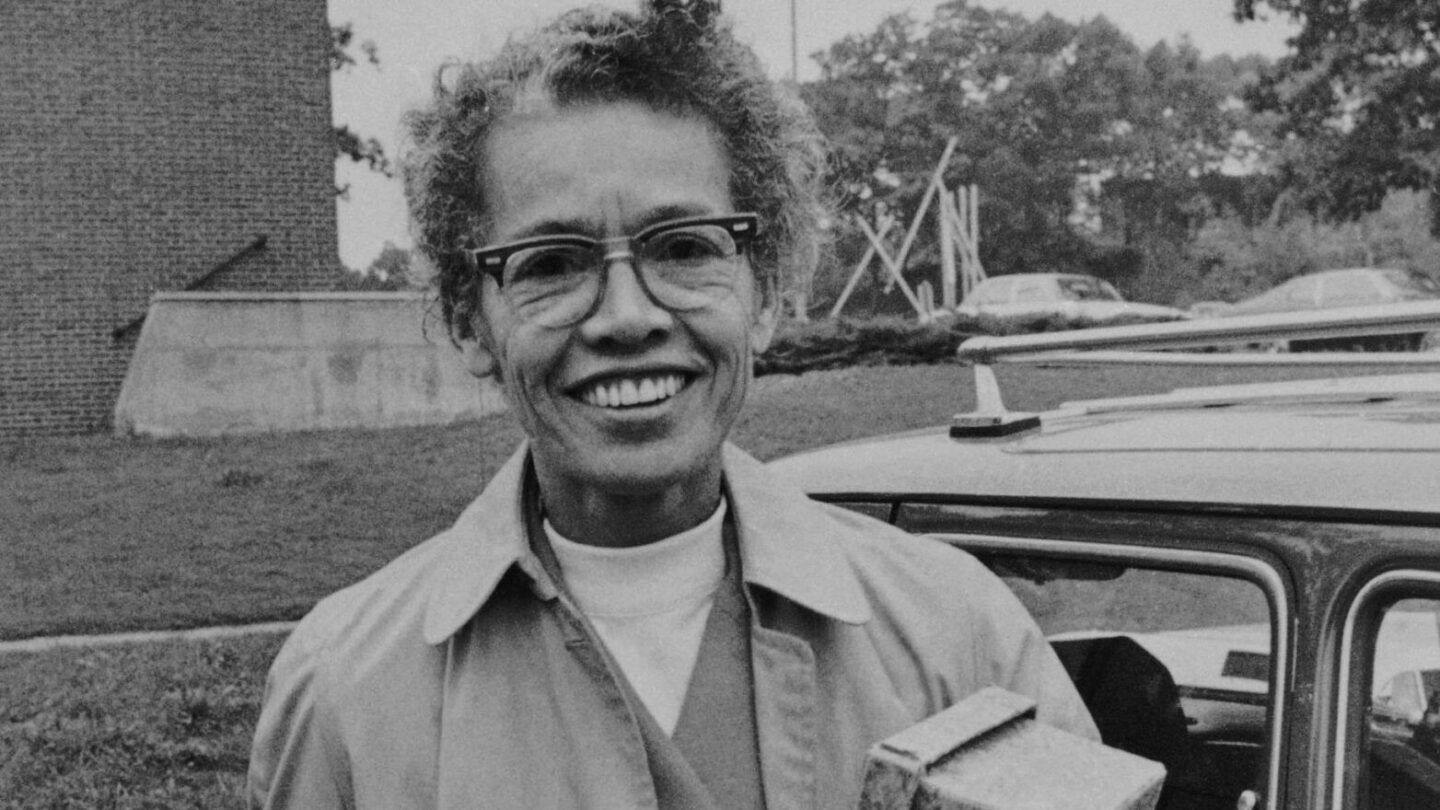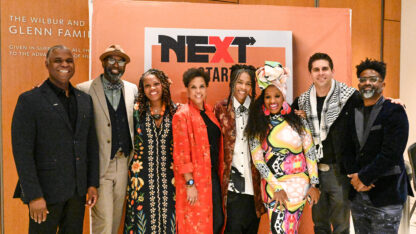In historical accounts of feminist activism, few extol the accomplishments of one of the earliest frontline fighters. Pauli Murray — lawyer, activist, writer and the first Black female Episcopal priest — will finally have her story celebrated in the new documentary “My Name is Pauli Murray.” The new film by Emmy-Award-winning filmmakers Betsy West and Julie Cohen streams now on Amazon Prime.
Cohen, the film’s director, joined “City Lights” host Lois Reitzes via Zoom to talk about Murray’s trailblazing work, long before “sex and gender discrimination” entered the mainstream.
Interview highlights:
A major hidden figure in early intersectional activism:
“Pauli’s Murray’s work on gender discrimination was just the tip of the iceberg of this enormous career in law, in activism … not just for women’s rights but for civil rights in the labor movement. Pauli was also a tenured professor, a published, very accomplished author, and ultimately, the first Black, woman-identified, Episcopal priest. So there was just so much in this life that we couldn’t believe that we hadn’t heard of this important 20th century figure before,” said Cohen.
“It’s a really good reminder of how our history is maybe not so simple as what showed up in the textbooks … Pauli was ahead of the curve in so many different ways. Pauli was often taking up issues before there was any structure or any broad-based interest in them,” said Cohen. “Within the Civil Rights Movement, Pauli experienced sexism. Within the Women’s Rights Movement, Pauli experienced racism … In addition, there’s the interesting part of Pauli’s life having to do with sexual orientation and gender identity. Pauli … was asking doctors, ‘I may appear to be a woman, but I’m actually a man. Is it possible that I might get either surgery or testosterone treatment?’ Pauli was asking these questions as early as 1940.”
Auspicious encounters with the late, great RBG:
“Ruth Bader Ginsburg, as a young lawyer, had put Pauli Murray’s name on the cover of the first brief that she ever wrote for the Supreme Court about gender discrimination,” Cohen said. “RBG’s argument was that equality for the genders is secured by the Fourteenth Amendment of the U.S. Constitution in the equal protection clause, which is most commonly, and at that point, was solely used to prevent racial discrimination. RGB said, ‘Hey, this could be used for gender discrimination as well,’ and that idea actually came from Pauli Murray who had made that same argument six years earlier.”
“Pauli Murray was serving on the board of the American Civil Liberties Union, and was pushing really hard for the ACLU — which at the time was very much in the battle for racial equality, but really hadn’t jumped into the idea of gender equality, which was considered quite a radical notion in the ‘60s and ‘70s,” Cohen said. “Pauli helped push for the formation of a Women’s Rights project at the ACLU, and in fact pressed on the ACLU to bring in this young lawyer that Pauli had heard about in New Jersey named Ruth Bader Ginsburg.”
Peaceful protest and “confrontation by typewriter:”
“What distinguished Pauli, I think, was just an optimism. A good example was when Pauli was a student at Howard, and on U Street, a largely Black commercial area in Washington, D.C., there were restaurants and diners that would only seat and serve white people,” said Cohen. “Pauli led a group of students … who put together a very carefully crafted, peaceful protest. ‘We’re not going to yell, we’re basically going to bring our books and papers into the seats, and we’re just going to sit there quietly and do our work….’ Pauli actually succeeded in desegregating this cafeteria, the Little Palace Diner.”
“What a wild situation, and maybe a hard one to imagine today — an ordinary citizen writing to the president and the first lady, and getting a response that leads to a lifelong correspondence and even friendship. So it’s 1948, and … Pauli Murray has been rejected from the University of North Carolina for being Black. Shortly thereafter, FDR stops by … to give a speech, and his speech is about how great … UNC is, and how it’s a bastion of liberalism, and Pauli listens to that — it was broadcast on the radio — and thinks, ‘That’s ridiculous. They’re not that liberal,’” said Cohen. “Pauli writes a beautiful, extremely outraged letter to FDR … Eleanor Roosevelt wrote right back…. This really became a friendship, but a friendship where Pauli never pulled any punches.”
The Amazon Original documentary “My Name is Pauli Murray” is now available to stream on Amazon Prime here.










